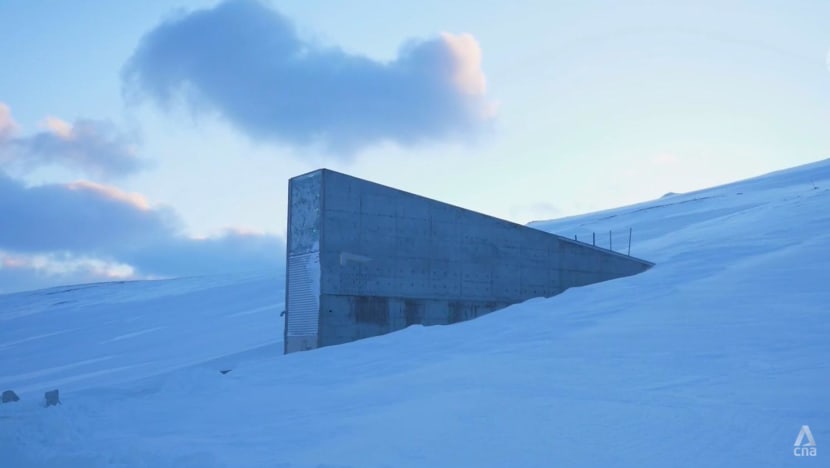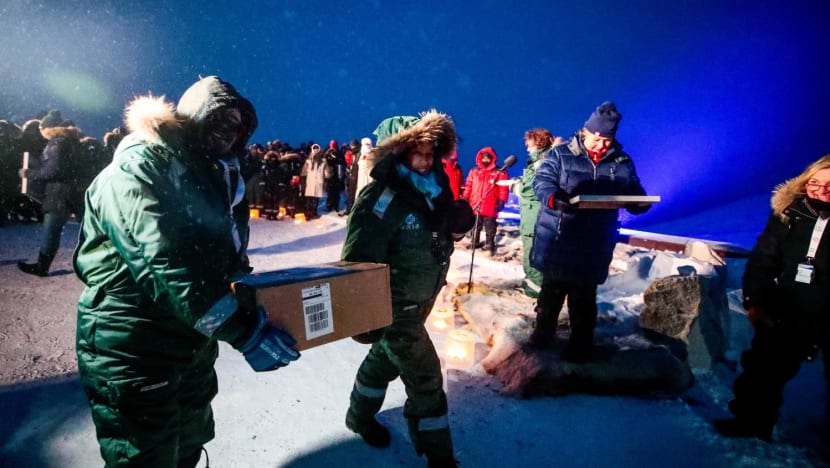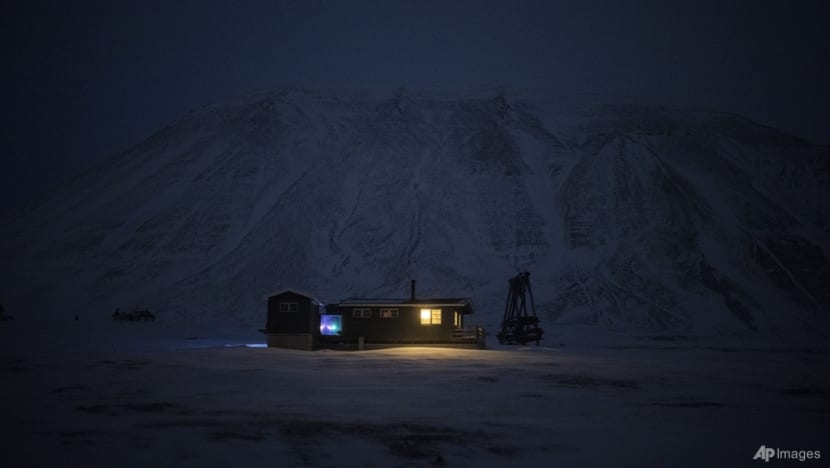Global seed vault the world’s ‘ultimate insurance policy’ for future food security, say scientists
The Global Seed Vault is located in Svalbard, an arctic archipelago between Norway and the North Pole, where temperatures regularly dip to negative 30 degrees Celsius.

The Global Seed Vault is located in Svalbard, an arctic archipelago between Norway and the North Pole.
SVALBARD: Countries around the world are storing their seeds in a vault deep within the arctic circle, to protect and preserve them for the future.
As the earth warms at a record rate and populations grow, securing crops for the future will be vital for global food security.
The Global Seed Vault is located in Svalbard, an arctic archipelago between Norway and the North Pole, where temperatures regularly dip to negative 30 degrees Celsius.
The facility is often referred to as the “doomsday vault”, and stores precious plant DNA to protect them from possible catastrophes, including war and climate change.
The Norwegian government decided to build the vault for all nations to use due to Svalbard’s unique location, along with the success of its own experiment storing seed samples.
Opened in February 2008, the Global Seed Vault has welcomed samples from all over the world for the last 15 years, and storage there is free. The scientists that manage the vault call it the world’s “ultimate insurance policy”.
INSURANCE FOR THE FUTURE
Behind the heavy doors and concrete walls of the Global Seed Vault, more than a million seed samples sit in permafrost.
The world’s most important and diverse crops, including wheat, peas and beans, are sent to this remote corner of the earth by scientists from hundreds of the world’s gene banks.

Nordic Genetic Resource Center director Lise Lykke Steffensen told CNA that special precautions have to be taken when it comes to gene banks.
"You never know what could happen with gene banks. It’s not only war. It can be a fire, flooding, a stupid fault from staff who turn off the refrigerators or something,” she said.
“So you need to have a safety backup, because the seeds in the gene bank are unique so this uniqueness is your safety insurance for the future."
With global temperatures rising with climate change, securing as many seeds as possible will ensure that the global population can be fed in the decades to come, according to scientists.
"Climate change means rougher climate, higher temperatures, longer droughts, more flooding, new pests and diseases,” said Mr Stefan Schmitz, executive director of Crop Trust, an international organisation that works to protect global crop diversity.
CROPS NEED TO BE RESILIENT
Crop Trust led a project to support transport costs for developing nations to bring their seed samples over to Svalbard.
“Our food, our crops, need to be resilient. They need to cope with these changing circumstances. Therefore, plant breeders need all those varieties, take the genetic traits out of them, mix them, cross-breed them, to make sure the new varieties are fit for the future,” he said.

Svalbard is now one of the fastest warming places on earth.
Its wealth was built on coal, and the idea for the Global Seed Vault started in a coal mine. While the mine has been decommissioned, scientific testing continues within its icy channels.
The Nordic Genetic Resource Center’s head of senior plant scientists Michael Lyngkjaer explained that the crops are put in sealed glass vials and stored in wooden boxes within the facility.
“Every fifth year, one box is taken out, opened and then the seeds will be tested for viability and changes,” he said.
FOR ALL NATIONS TO USE
This year, the West African nation of Benin is taking part in the programme for the first time, depositing packages of maize, rice, soybean and other key commodities.
With energy supplies at home unreliable, Mr Innocent Dossou-Aminon, executive director of the country’s Grigadeb gene bank, said that moving its stocks from the equator to the arctic is the only way to guarantee the DNA can be preserved.
"We keep the seeds in a freezer, the lights go and power comes back, it changes the inside temperature of the freezer and this affects the germination of the seeds. We lost a lot of our accessions,” he said.
“It’s important to duplicate, so that if anything should happen to what we’re conserving in the country we can get it back from the vault."
There has been just one withdrawal made from the vault so far, when a gene bank in Syria was destroyed by war in 2015.














